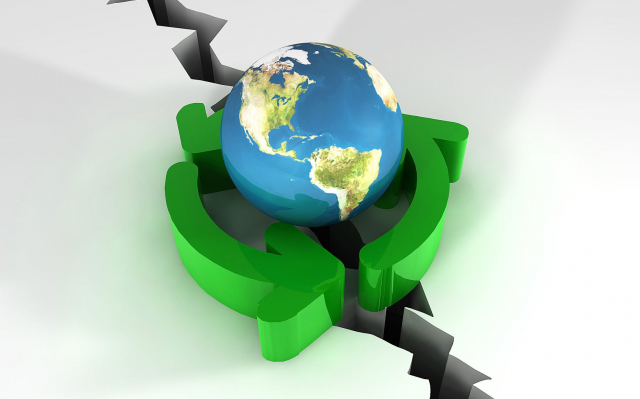The table below provides more information on this subject.
| United States |
24,4 |
| Canada |
11,0 |
| Mexico |
19,3 |
| Argentina |
21,9 |
| Brazil |
6,4 |
| Chile |
1,8 |
| Paraguay |
1,8 |
| Bolivia |
1,4 |
| Urugwaj |
0,6 |
| Columbia |
0,5 |
| Venezuela |
0,3 |
| China |
36,1 |
| Australia |
11,2 |
| India |
1,8 |
| Pakistan |
1,4 |
| Republic of South Africa |
13,7 |
| Libya |
8,2 |
| Algeria |
6,5 |
| Tunisia |
0,5 |
| Morocco |
0,3 |
| Western Sahara |
0,2 |
| Poland |
5,3 |
| France |
5,1 |
| Norway |
2,4 |
| Ukraine |
1,2 |
| Sweden |
1,2 |
| Denmark |
0,7 |
| Great Britain |
0,6 |
| Holland |
0,5 |
| Turkey |
0,4 |
| Niemcy |
0,2 |
| Lithuania |
0,1 |
Source: EIA. World Shale Gas Resources: An Initial Assessment, 2011.
The IEA World Energy Outlook 2011 predicts that the total shale gas production by 2035 will be twice that of 2000. Gas coming from unconventional resources will have an increased share in this regard. According to the unconventional gas extraction forecasts the world-wide extraction rate will increase from 367 milliard cubic metres in 2007 to 1200 milliard cubic metres by 2035. As a result, the unconventional gas share in global gas fuel production will increase from 12% in 2008 to nearly 25% by 2035. Forecasts for 2035 for the United States alone predict using nearly three-quarters of the unconventional gas (including shale gas - 49 percent, tight gas - 21 percent, methane from coal beds - approximately 7 percent).
The United States remains the research centre for unconventional gas extraction. Natural gas extraction in the United States in 2010 was approximately 590 milliard cubic metres, including 186 milliard cubic metres of tight gas (31 percent production in the USA), 93 milliard shale gas (16 percent) and 51 milliard methane from coal beds (9 percent). In practice, American resources pass as the "training grounds" and are the only reference point for world-wide exploration for shale gas.
Key places with resources in the United States are:
- Antrim, Michigan
- Barnett, Texas
- Caney, Oklahoma
- Conasauga, Alabama
- Fayetteville, Arkansas
- Floyd, Alabama
- Gothic, Colorado
- Haynesville, Louisiana
- New Albany, Illinois
- Pearsall, Texas
- Devonian reserves in the Appalachian Basin: Chattanooga or Marcellus.
The second country which took steps towards shale gas extraction is Canada. A number of potential reserves of shale gas in various stages of research and exploitation are scattered all around the country, from British Colombia to Nova Scotia.
The main shale formations and reserves in Canada are:
- Reserves in southern Ontario
- Utica in Quebec
- Montney and Muskwa in British Colombia
- Duvernay in Alberta
- Horton Bluff in Nova Scotia
- Frederick Brook in New Brunswick.
